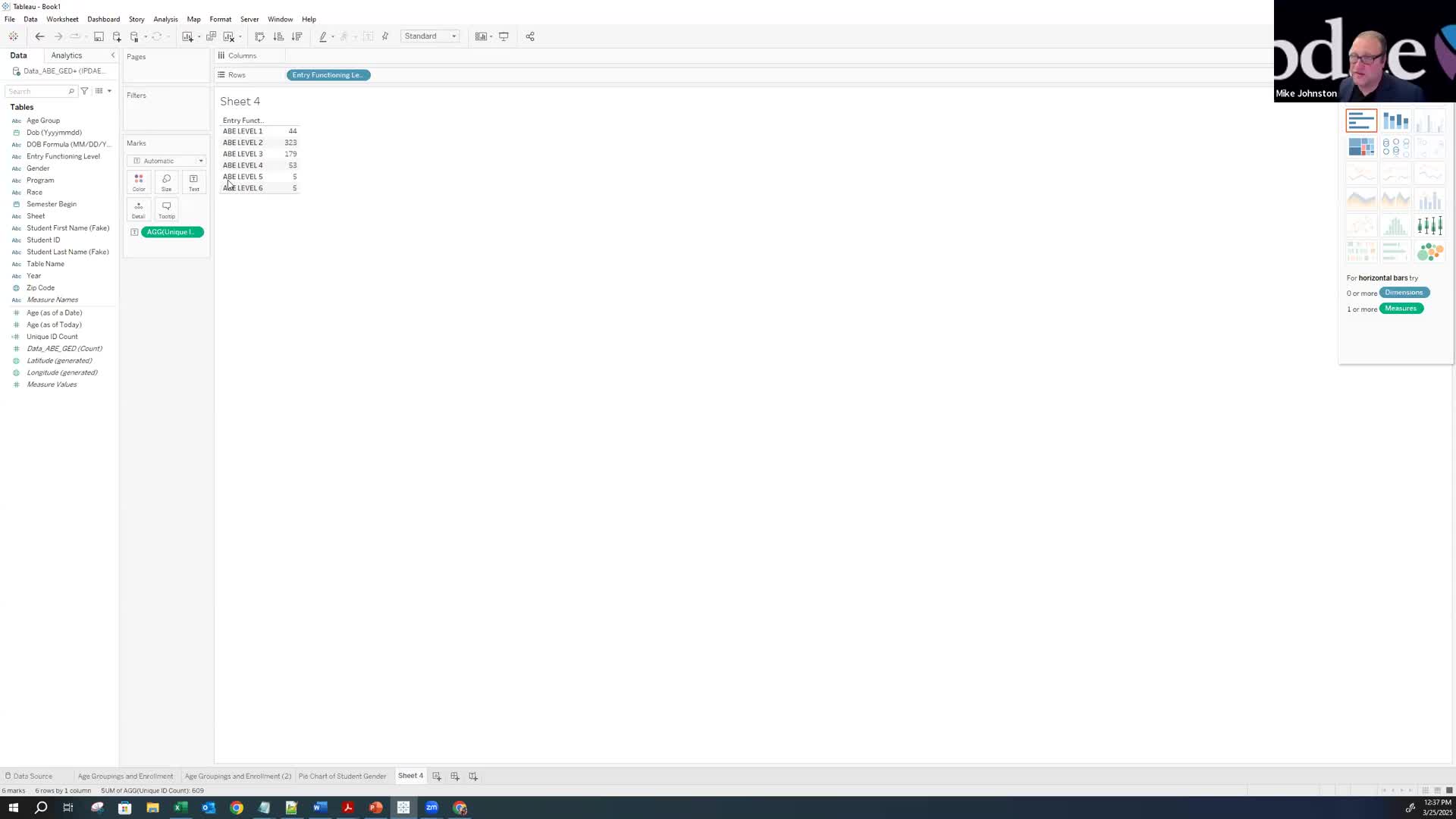Education Technology
Education Technology, often referred to as EdTech, encompasses a broad range of tools and methodologies designed to enhance the teaching and learning experience through technology. This rapidly evolving field integrates various digital tools, such as online learning platforms, educational software, and digital classroom tools, enabling educators to create more interactive, personalized, and efficient learning environments. As education continues to innovate, the significance of EdTech has become more pronounced, especially in enhancing accessibility and fostering engagement in both traditional and remote settings. Recent advancements in educational technology highlight the increasing reliance on AI-driven personalized learning systems, allowing for tailored educational experiences that meet individual student needs. With platforms incorporating gamification, virtual reality (VR), and immersive learning techniques, educators are able to motivate and engage students more effectively. The ongoing shift towards microlearning—breaking down complex content into manageable segments—exemplifies how EdTech responds to learners’ evolving preferences for flexibility and immediacy. Overall, the integration of these technologies not only enhances educational outcomes but also revolutionizes the role of teachers and students within the learning space, making EdTech a critical component of modern education.
How can Google AI Studio help beginners learn software without prior experience?
Google AI Studio serves as a virtual instructor that can help complete beginners learn software basics without requiring any previous experience. As demonstrated in the example, users can start using Google Studio immediately, and it will guide them through the fundamentals step by step. What makes this tool particularly valuable is that it eliminates the need for traditional learning methods like searching for tutorials on YouTube or Google. Instead, it provides direct, interactive instruction that teaches users the basics of various software applications, making technology learning more accessible and straightforward for novices.
Watch clip answer (00:14m)How has the evolution of technology improved accessibility for visually impaired people?
The accessibility journey for visually impaired people has evolved significantly from Braille in the 1820s to talking books in the 1930s-40s, and audio cassettes in the 1960s. The most transformative development came in the late 1990s with e-books, which enabled visually impaired individuals to access content similarly to sighted readers through screen readers. Since 2000, the e-book revolution has dramatically improved electronic content accessibility, though challenges remain with scientific information, mathematical formulae, images lacking alt text, and legacy content that requires remediation to become accessible.
Watch clip answer (06:07m)How is Google using AI to improve accessibility in its tools and applications?
Google is leveraging AI to dramatically enhance accessibility across its ecosystem. Key examples include OCR technology that has made billions of previously inaccessible PDFs readable by screen readers, and Google Translate, which doubled its language offerings last year through AI acceleration. Additionally, specialized apps like Sound Amplifier use AI to filter background noise and amplify specific voices for hearing assistance, while Lookout uses AI vision technology to identify objects and text for visually impaired users. These AI-powered tools represent Google's commitment to creating technology that provides access for all users, regardless of ability.
Watch clip answer (09:20m)How can multiple visualizations be organized in Tableau?
In Tableau, multiple visualizations can be organized by grouping them together into a cohesive dashboard. The speaker demonstrates this by working with four different visualizations, first labeling one as "enrollment total" and then planning to group all four visuals together for a more comprehensive view. This grouping feature allows users to combine related visualizations into a single display, making it easier for viewers to see connections between different data points. By organizing multiple charts and graphs together, Tableau enables more effective data storytelling and helps highlight important insights that might not be apparent when viewing visualizations separately.
Watch clip answer (00:17m)How does Lightbot teach young children programming concepts?
Lightbot teaches children as young as seven programming concepts through a game-like interface where they turn on light bulbs by creating instruction sets. The app introduces fundamental programming logic by allowing kids to build subroutines (labeled as 'P1') and conditionals, teaching them to think about structured instruction sets without requiring actual code typing. As children progress, they move from simple tasks to complex sequences, developing computational thinking skills through interactive problem-solving. This approach makes programming logic accessible in a fun, engaging way before they're ready to type actual code.
Watch clip answer (01:39m)What is Iris and how is it transforming education in Kerala?
Iris is a humanoid AI teacher created by Kerala Estate in partnership with Marker Labs Edute Private Limited. Unveiled at KTCT Highest Secondary School in Tirubanantapuram, this generative AI is designed to enhance learning experiences by providing personalized education to students. The AI teacher features interactive capabilities and functions as a versatile teaching tool that can engage with students in three different languages. Part of the ATAL Tinkering Lab initiative started by NITI IO, Iris incorporates several innovative elements specifically designed to transform conventional teaching approaches through the power of artificial intelligence.
Watch clip answer (00:57m)




